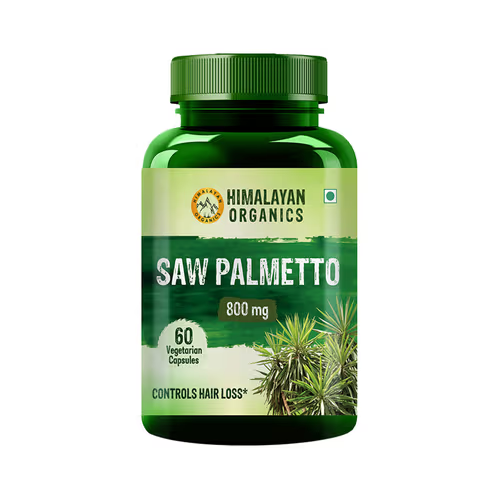Description
Saw Palmetto Extract: Nature’s Aid for Prostate Health and More
Saw palmetto extract, derived from the fruit of the Serenoa repens palm tree native to the southeastern United States, has garnered significant attention for its potential health benefits. While traditionally used by Native Americans for various medicinal purposes, it’s primarily recognized today for its role in supporting prostate health, particularly in addressing Benign Prostatic Hyperplasia (BPH). But its potential benefits extend beyond just the prostate.
What is Saw Palmetto and How Does it Work?
The saw palmetto palm produces berries rich in fatty acids, sterols, and flavonoids, which are extracted to create the supplement. While the precise mechanisms of action are still being researched, saw palmetto is believed to work by:
- Inhibiting 5-alpha-reductase: This enzyme converts testosterone into dihydrotestosterone (DHT), a hormone linked to prostate enlargement. By inhibiting this conversion, saw palmetto may help reduce prostate size and alleviate associated symptoms.
- Reducing Inflammation: Saw palmetto possesses anti-inflammatory properties that may contribute to its beneficial effects on the prostate. Inflammation is implicated in the development and progression of BPH.
- Blocking Alpha-Adrenergic Receptors: These receptors are found in the prostate and bladder and contribute to urinary symptoms associated with BPH. Blocking them can help relax the muscles, improving urinary flow.
Potential Benefits and Uses:
- Benign Prostatic Hyperplasia (BPH): This is the most well-known and researched application of saw palmetto. BPH is a common condition affecting men as they age, causing the prostate gland to enlarge and leading to urinary problems like frequent urination, difficulty starting or stopping urination, and a weak urine stream. Numerous studies suggest saw palmetto extract can help reduce these symptoms and improve quality of life for men with BPH.
- Lower Urinary Tract Symptoms (LUTS): Even without a confirmed diagnosis of BPH, saw palmetto can help manage LUTS, which encompass a range of urinary difficulties.
- Hair Loss: Some research suggests that saw palmetto may inhibit DHT production in the scalp, potentially slowing down or preventing androgenetic alopecia (male pattern baldness) and female pattern hair loss. However, more research is needed to confirm these findings.
- Other Potential Uses: Historically, saw palmetto has been used for conditions like asthma, bronchitis, chronic pelvic pain, and prostate cancer. However, there is limited scientific evidence to support these uses, and further research is warranted.
Dosage and Considerations:
The recommended dosage of saw palmetto extract typically ranges from 160-320 mg per day, often divided into two doses. It’s crucial to choose a standardized extract containing a consistent amount of fatty acids.
Important Considerations:
- Consult a Healthcare Professional: Always consult with a doctor or qualified healthcare provider before taking saw palmetto, especially if you have any pre-existing medical conditions or are taking other medications.
- Potential Side Effects: Saw palmetto is generally well-tolerated, but some people may experience mild side effects such as nausea, stomach upset, diarrhea, or headache.
- Drug Interactions: Saw palmetto may interact with certain medications, particularly blood thinners.
- Pregnancy and Breastfeeding: Saw palmetto is not recommended for pregnant or breastfeeding women.
- Not a Cure: While saw palmetto can help manage symptoms, it is not a cure for BPH or other conditions. It is important to continue regular medical checkups and follow your doctor’s recommendations.
Conclusion:
Saw palmetto extract holds promise as a natural remedy for supporting prostate health and managing urinary symptoms associated with BPH. While more research is ongoing, its potential benefits and relatively low risk of side effects make it a popular choice for many men seeking relief from these conditions. However, it’s essential to use saw palmetto responsibly, under the guidance of a healthcare professional, to ensure its safe and effective use. Remember to discuss your health concerns and treatment options with your doctor to determine the best course of action for your individual needs.















Reviews
There are no reviews yet.